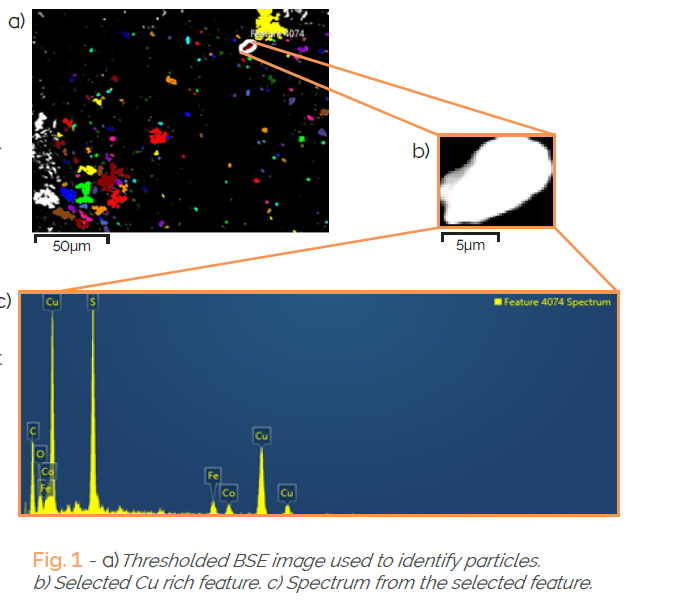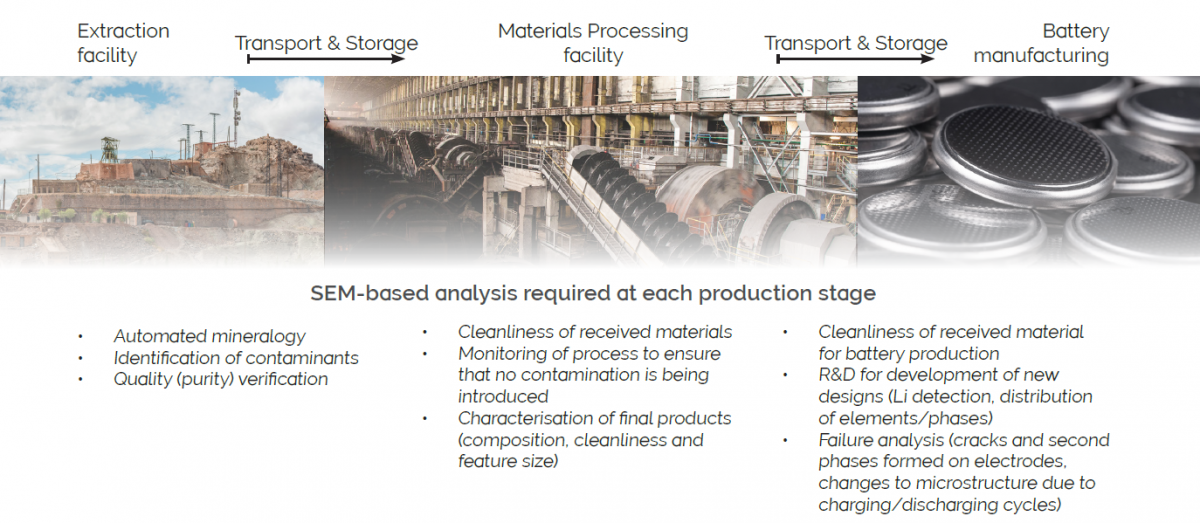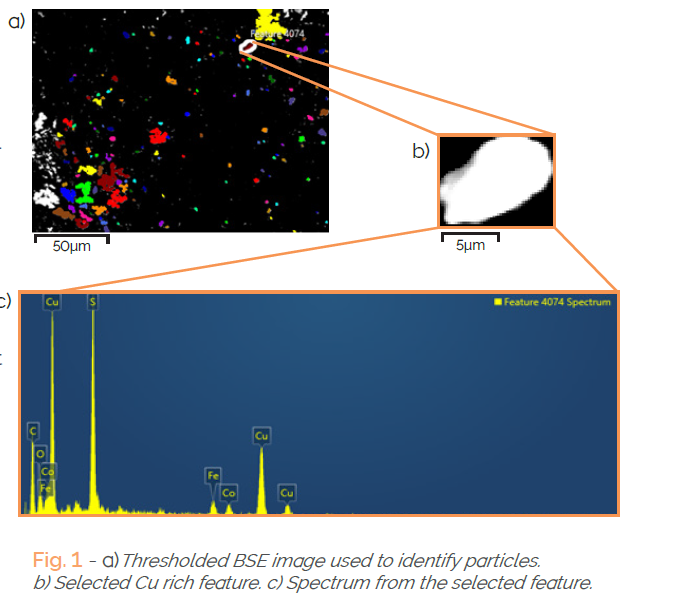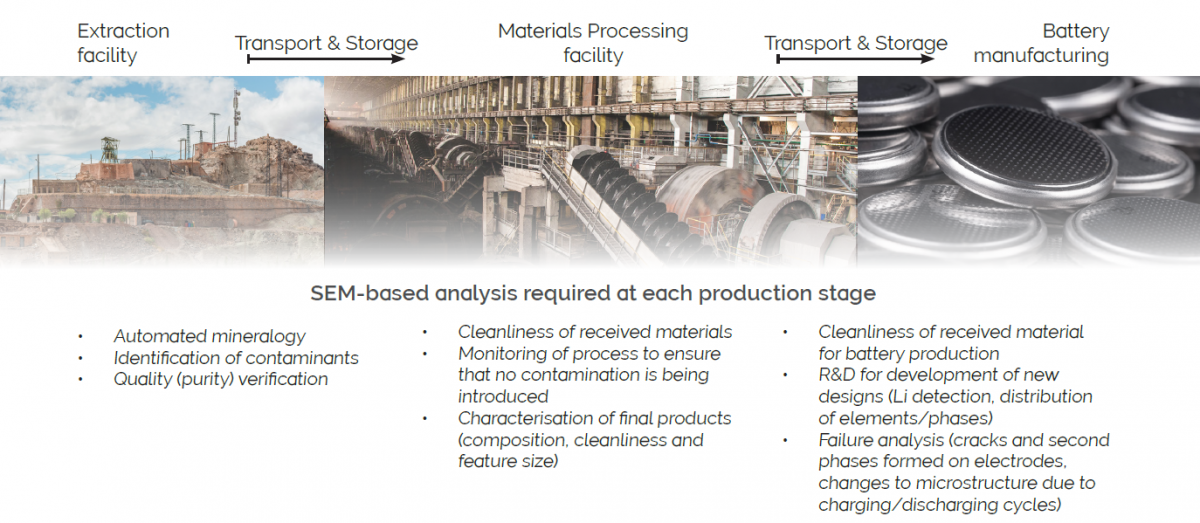Powering the future with Li-ion batteries
A lot of current development projects are influenced by political decisions related to CO2 emissions and climate change. Most countries have targets for the reduction of CO2 emissions and this means that a lot of interesting work is being done in order to move towards making renewable energy more widely used and to reduce the emissions generated by vehicles.
One area of focus is to make EVs (electrical vehicles) more widely used than combustion engines. This involves solving a lot of issues related to performance and lifetime of lithium ion batteries, as well as setting up the infrastructure to support this technology.
Typically, the cathodes in Li-ion batteries are made from nickel, cobalt and manganese powders which are processed to make the final cathode material. Cobalt in particular, is in high demand for battery production and the supply of new mined material is struggling to keep up with the demand. This makes it essential to ensure that the material is not contaminated and therefore wasted.
Recently I have been involved in looking at sources of contamination in powder materials used for battery manufacture. We looked at CoO powder samples taken at different processing steps from the raw material at the mine to the final powder used for production.
Using AZtecFeature we were able to identify and characterise the contaminants, and from that identify the sources of contamination. This understanding meant that we could implement improved working practices, the contamination could be prevented, thereby making a better product while saving time and resources trying to remove the contamination particles from the processed powder.

AZtecFeature is a very useful tool for this type of application as the combination of EDS and thresholding of the BSE imaging signal can easily be used to locate the contaminants and characterise them.
For more information download the full application note.
In the battery segment, our equipment is used for different applications in the processing chain from mine to manufacture of the final products. With the most common applications being related to cleanliness and materials characterisation for R&D or failure analysis, SEM-based analysis adds value along the process chain from mine to final product.

A lot of exciting work is being done making use of the latest generation technology of our detectors and software. We will be presenting more about the value of SEM-based analysis of battery components in our upcoming webinar – powering the future through nano-characterisation.
Register now to discover how EDS and EBSD techniques can help you to monitor material quality from mine to manufacture.






